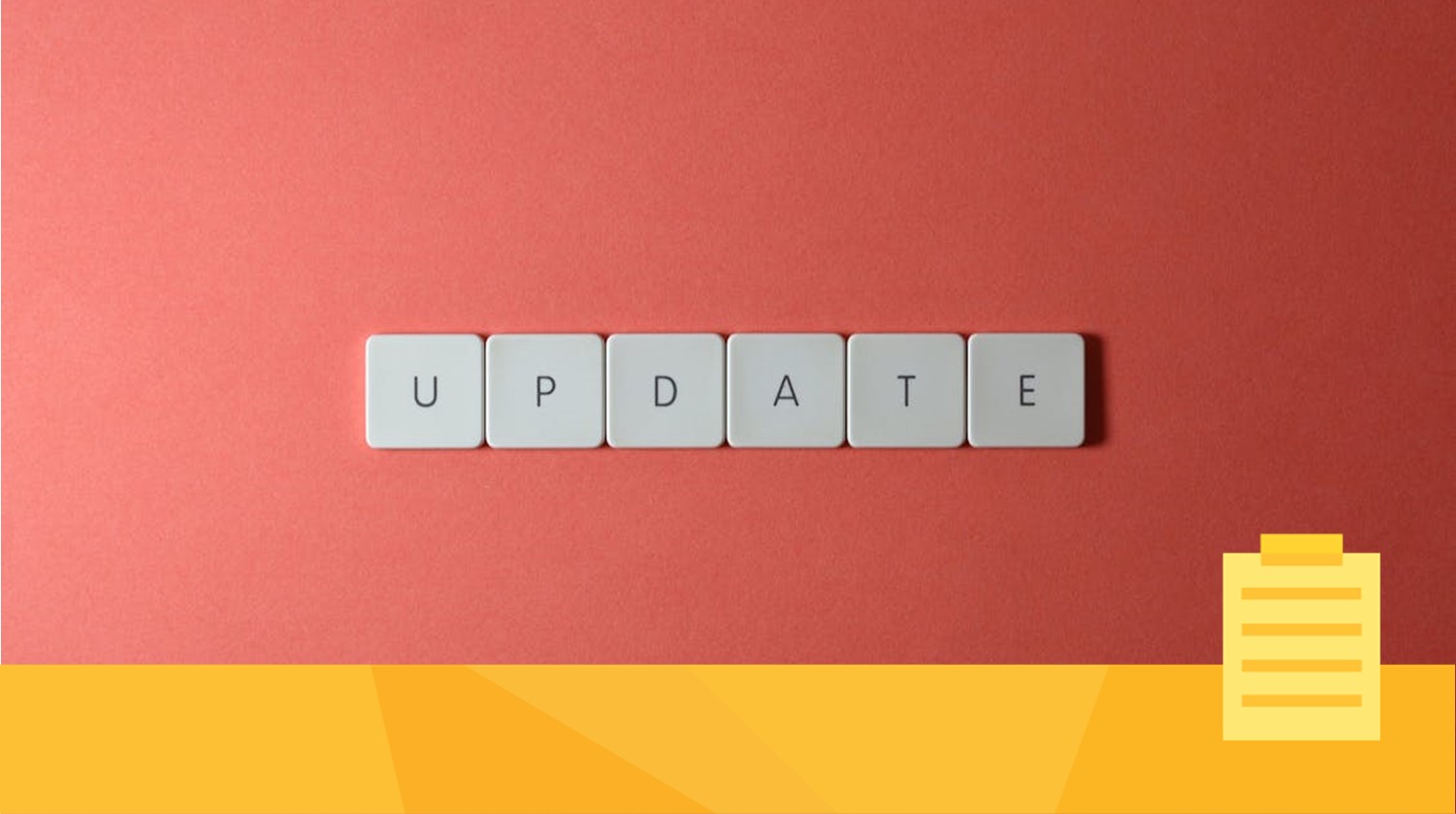As time goes by, and as your journal continues to grow, you will need to update guidelines.
These might be specific things, such as employee training or peer review processes. It could also relate to payment options or customer-facing parts of your business. Whatever the case may be, you need to know how to properly update these guidelines. Failure to do so can relate in confusion or unhappy clients. Here we’ll go over the specifics of how to tackle this important process.
How do you know if you need to update guidelines?
Guidelines are connected to processes, and a good way to know if you’re in need of change is to look at those processes. When you first started your journal, you likely started with a very small team, and small teams tend to require less guidelines. There are many reasons for this, but a simple perspective is that when you have a smaller team, those team members communicate more with each other and tend to be multi-job-type employees. For example, when you have a team of 10 people, one person might be processing manuscripts, editing English for manuscripts and other documents, and be involved in the HR side of the company. If your company has 300 employees, you may have several (if not dozens of) people handling these things. This growth in teams requires consistency, and that requires guidelines to be adhered to.
So, with a bigger team come two important considerations, “stress testing” and “ideas”.
Stress testing is when your guidelines face the reality of every day application. Sometimes, when you implement guidelines they work well. Other times, these guidelines need to be tweaked and adjusted to be more effective. The worst case scenario would be that a new idea actually creates more problems than it solves. This can happen, but it is also important to test these ideas.
Ideas, on the other hand, are when you or your team come up with improvements to an already existing system (or develop a new one). This might be done to take care of an existing problem or to address a future problem.
Identifying when you need to update your guidelines is a critical first step.
How to implement updates to guidelines
There are two primary considerations. What your team needs and what your customers need.
When you are implementing new guidelines (or updating older ones), once you’ve decided what the changes will be, you need to determine the affected parties. Once you identify who will be impacted by any given update, you can then inform them of the changes that they can expect.
If your changes are to an internal process (that a customer won’t see), notifying your team in advance is important. Letting them know what the changes will be and how they will be implemented are important for your team to know. This gives your team time to learn and understand the changes. It also gives them time to ask questions (or to point out complications). Remember, just because a specific process has been updated, doesn’t mean that it’s perfect. Other employees that were outside of the decision-making process might also have feedback.
When implementing updates that affects customers, giving them as much notice as possible is crucial. If you are changing the peer review process, for example, you will need to establish a cut-off date. This is when the older system will be phased out and the new system implemented.
Helping your customers through the transition
Your team will likely be forgiving with change, especially if you give them notice. Customers, however, may not be as forgiving, especially if they are unaware of the updates. Your team will adopt and understand these changes faster than your customers.
You may need to hold your customers’ hands as you guide them through the changes. Remember that keeping your customers happy is important, so making sure that they are informed and that processes are transparent can help to ensure that the transition to a new system is smooth. Especially for your customers.
After you’ve implemented new updates
So, you’ve implemented your new changes and you’ve notified everyone. What next?
Monitoring changes and the impacts that they have is really important. Make sure that you keep track of how changes are impacting your team and customers. Remember, sometimes a new idea or update might wind up having a negative (and unforeseen impact). An added benefit of monitoring changes is that they can give you additional feedback regarding tweaks or changes you might need to make in the future.
Updating guidelines aren’t “one and done”. You’ll need to monitor and revisit guidelines as often as makes sense for them to be updated.
